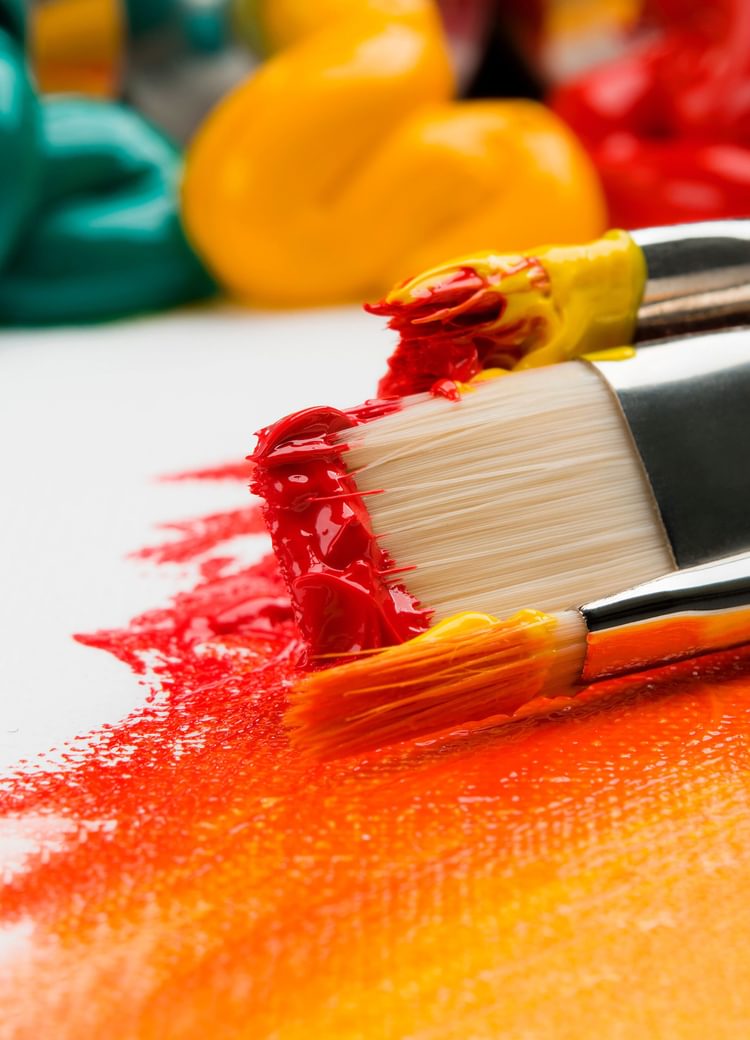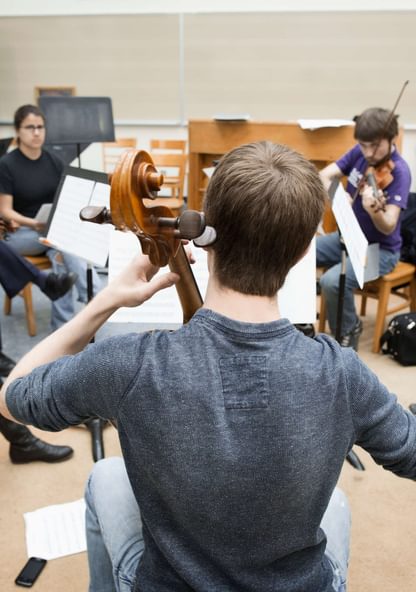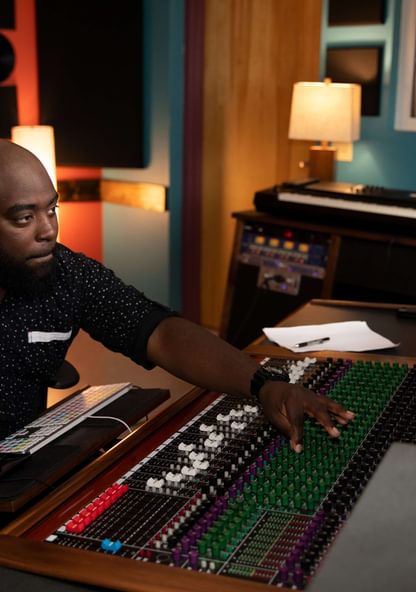
Why Major in Art?
The Bachelor of Science in Art at Bethel University offers students the opportunity to explore their creativity while developing strong technical skills and a deep understanding of visual communication. This program combines studio practice with art history and theory, preparing students for both professional careers and graduate study.
Students work closely with experienced faculty in a variety of media—including drawing, painting, sculpture, digital design, and more. Emphasis is placed on creative problem-solving, portfolio development, and the ability to communicate ideas visually and conceptually.
Whether you aspire to become a professional artist, designer, educator, or creative entrepreneur, Bethel’s Art program provides the foundation you need. Graduates are prepared for careers in fields such as graphic design, illustration, gallery work, art direction, and arts administration.
At Bethel University, you’ll be encouraged to discover your artistic voice and use it to inspire, inform, and impact the world around you.
What You'll Learn
The Art major at Bethel University is designed to cultivate your creative voice while building a strong foundation in the visual arts. Through hands-on studio work, art history, and theoretical studies, students explore a wide range of artistic media and techniques. The program emphasizes critical thinking, cultural awareness, and self-expression, preparing students for professional careers in the arts or continued study at the graduate level.
As an Art major at Bethel University, you will:
Build core skills in drawing, painting, sculpture, and digital media, gaining fluency in both traditional and contemporary art forms.
Study major movements and works in global art history, from ancient traditions to modern and postmodern periods.
Explore the creative process through courses in design, composition, and color theory, developing a personal artistic style and portfolio.
Apply critical and aesthetic judgment in the analysis of artwork, both your own and others’, through studio critiques and written reflection.
Learn the conceptual and narrative aspects of art-making, culminating in a capstone senior thesis exhibition that showcases your work.
Engage in independent study or special topics courses tailored to your individual interests and career goals.
Participate in a vibrant arts community that encourages collaboration, innovation, and leadership in visual culture.
Career Possibilities
Graphic Designer
Graphic designers create visual concepts using computer software or by hand to communicate ideas that inspire, inform, and captivate consumers.
- Typical Education Requirements: Bachelor’s degree in graphic design or a related field
- Median Annual Wage: $58,910 (2023)
- Job Outlook: 3% growth (2022–2032)
Art Director
Art directors are responsible for the visual style and imagery in magazines, newspapers, product packaging, and movie productions.
- Typical Education Requirements: Bachelor’s degree in art or design
- Median Annual Wage: $105,180 (2023)
- Job Outlook: 4% growth (2022–2032)
Illustrator
Illustrators create original artwork for books, advertisements, packaging, and digital media using both traditional and digital techniques.
- Typical Education Requirements: Bachelor’s degree in art or illustration
- Median Annual Wage: $57,000 (2023 estimate)
- Job Outlook: Steady demand with niche growth opportunities
Museum Curator
Museum curators manage collections of artwork and historical items and plan and conduct public service activities for institutions.
- Typical Education Requirements: Master’s degree in art history, museum studies, or a related field
- Median Annual Wage: $60,380 (2023)
- Job Outlook: 12% growth (2022–2032)
Related Degrees and Programs
If you’re interested in this degree or program, here are others you might find intriguing.
See AllCourse Requirements
Curriculum
A. Liberal Arts Core (33 hours)
B. Program Core (32 hours)
C. Art Major (36 hours)
D. Minor Requirement
E. Elective Courses




